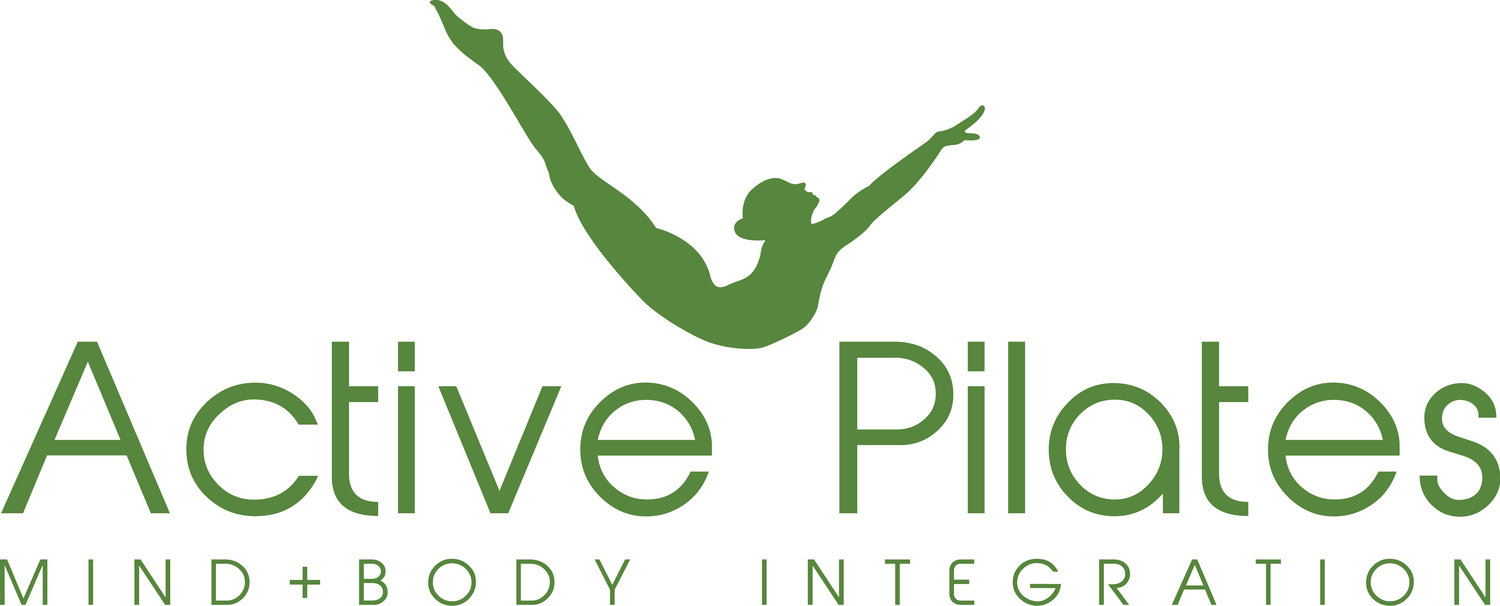Pilates or Yoga: Differences between popular lifestyles
Photo by Oksana Taran on Unsplash
When it comes to popular lifestyle choices, Pilates and yoga are two of the most prevalent options. Both practices offer a range of physical and mental benefits, but they also have unique differences. In this article, we'll explore the five differences between Pilates and yoga, so you can determine which practice is right for you.
Introduction to Pilates and Yoga
Pilates and yoga are mind-body practices that improve physical and mental health. Pilates was developed in the early 20th century by Joseph Pilates, while yoga dates back thousands of years to ancient India. While both practices share similarities, their principles, philosophy, techniques, and equipment differ.
History and origins
As mentioned earlier, Joseph Pilates developed Pilates in the early 20th century. Joseph Pilates was a German physical trainer who created the practice to help soldiers recover from injuries during World War I. Pilates believed that physical and mental health were closely connected, and his practice emphasizes core strength, flexibility, and balance.
Yoga, on the other hand, has a much longer history. It dates back to ancient India, where it was developed as a spiritual practice. Yoga encompasses a range of practices, including physical postures, breath control, and meditation. Yoga is rooted in Hinduism but has since been adapted and modified to suit various cultures and lifestyles.
Principles and Philosophy of Yoga and Pilates
Both Pilates and yoga have unique principles and philosophies that guide their practice. Pilates is based on six principles: concentration, control, centring, precision, breath, and flow. Pilates emphasizes the importance of a strong core and proper alignment, and it aims to improve overall physical function and mobility.
Conversely, yoga is based on eight limbs, including physical postures (asanas), breath control (pranayama), and meditation. The ultimate goal of yoga is to achieve enlightenment or union with the divine. Yoga emphasizes the importance of self-awareness, compassion, and mindfulness.
Benefits of Pilates and Yoga
Physical benefits
Both Pilates and yoga offer a range of physical benefits. Pilates is known for improving core strength, flexibility, and posture. It can also help alleviate back pain, improve balance, and increase muscle tone. Pilates is a low-impact practice, ideal for people with injuries or joint pain.
On the other hand, yoga offers a range of physical benefits, including improved flexibility, strength, and balance. It can also help reduce stress, lower blood pressure, and improve sleep. Yoga is a low-impact practice, making it suitable for people of all ages and fitness levels.
Mental and emotional benefits
In addition to physical benefits, both Pilates and yoga offer a range of mental and emotional benefits. Pilates can help improve mental clarity, reduce stress and anxiety, and increase overall well-being. Pilates emphasizes the importance of mindfulness and concentration, which can help improve focus and concentration.
Yoga is known for its mental and emotional benefits, including stress reduction, improved mood, and increased self-awareness. Yoga emphasizes the importance of mindfulness, self-reflection, and compassion. It can also help reduce symptoms of depression and anxiety.
Differences in practice and techniques
Photo by bruce mars on Unsplash
One of the most significant differences between Pilates and yoga is their practice and techniques. Pilates is primarily a mat-based practice, with some exercises using equipment such as a reformer, Cadillac, or stability ball. Pilates exercises are typically performed slowly, and controlled, emphasising proper alignment and breath.
On the other hand, yoga encompasses a range of practices, including physical postures, breath control, and meditation. Yoga can be practised on a mat or with props such as blocks, straps, or blankets. Yoga postures can be performed at various speeds, from slow and gentle to fast and dynamic.
Equipment and props used
As mentioned earlier, Pilates uses equipment such as a reformer, Cadillac, or stability ball. These props can help provide support and resistance during exercises. Pilates also uses small props such as foam rollers, resistance bands, and magic circles to add variety and challenge to workouts.
To support and enhance postures, yoga uses props such as blocks, straps, bolsters, blankets, and eye pillows. Props can be helpful for modifying postures to suit different body types and abilities. They can also help deepen stretches and provide support during relaxation.
Finding the right practice for your lifestyle and goals
Ultimately, the choice between Pilates and yoga comes down to personal preference and individual needs. Pilates may be more suitable for those looking to improve core strength, while yoga may be more suitable for those seeking stress reduction and improved flexibility. When choosing a practice, it's essential to consider your fitness level, injuries, and health conditions.
Combining Pilates and Yoga for a well-rounded practice
While Pilates and yoga have unique differences, they can complement each other well. Combining Pilates and yoga can create a well-rounded approach with physical and mental benefits. Pilates can provide a strong foundation for core strength and stability, while yoga can offer flexibility and stress reduction.
Conclusion
In conclusion, Pilates and yoga are two popular lifestyle choices offering various physical and mental benefits. While they have unique principles, philosophies, practices, and equipment differences, both methods can improve overall health and well-being. Consider your individual needs and goals when choosing a practice, and don't be afraid to combine Pilates and yoga for a well-rounded practice.
Michelle Quill, the guest blogger, wrote this article.


